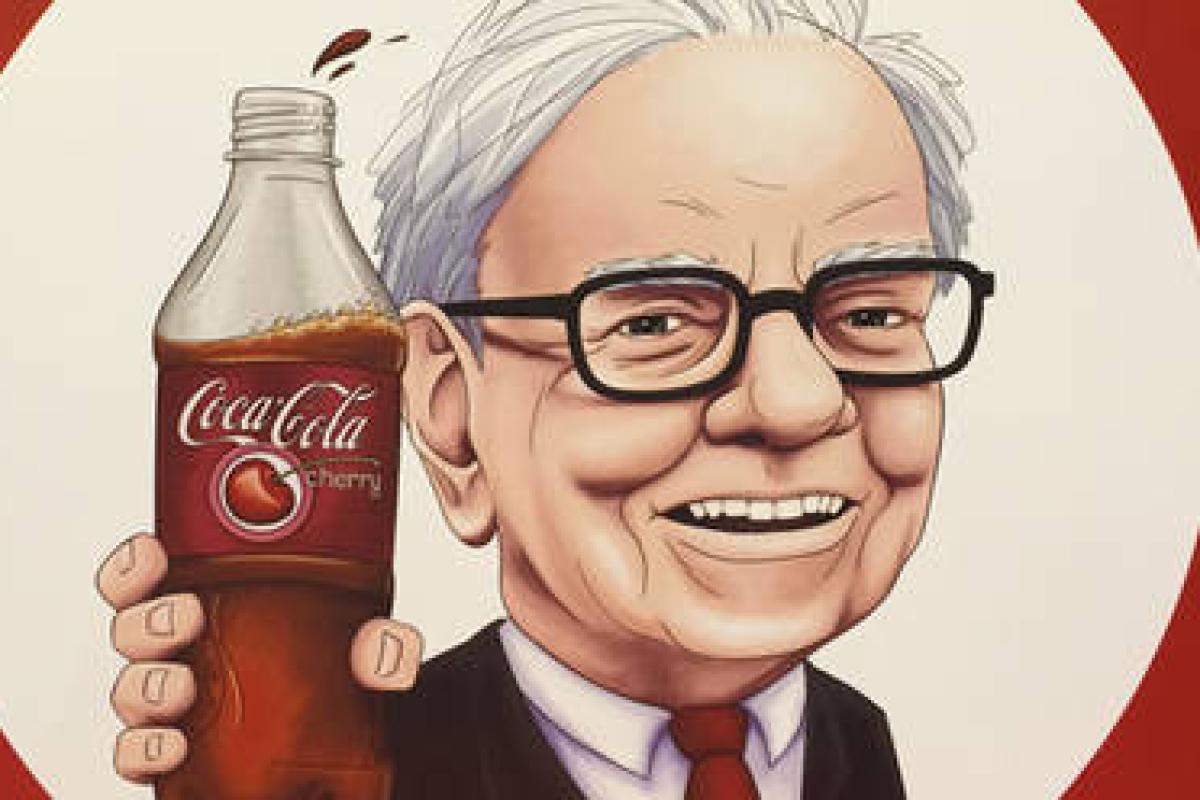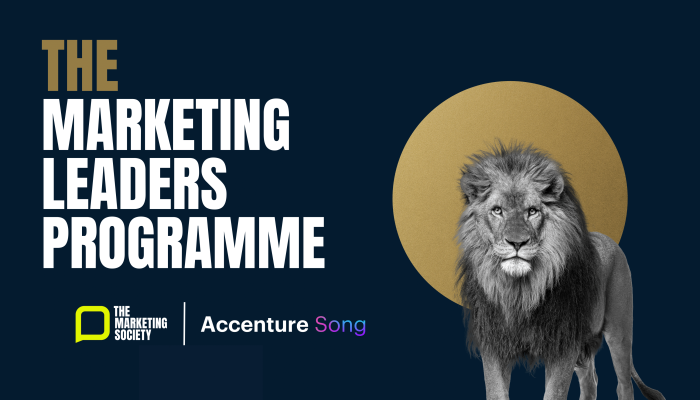When someone mentions the words ‘celebrity endorsement’, it doesn’t take long to summon images of Jean-Claude Van Damme or Arnold Schwarzenegger starring in bizarre adverts.
But as strange – and humorous – as these often seem, we cannot lose sight of the strategic choices behind them.
Creative Culture breaks down some obvious – and not so obvious – examples to gain insight into the popular marketing tactic across a selection of Asian markets.
Will China taste the feeling of a Warren Buffett endorsement?
In March 2017, Coca-Cola generated buzz when it revealed that Warren Buffett was to be the new face of Cherry Coke for the product’s launch in China. While one’s first reaction may be confusion, the brand’s choice of celebrity endorsement is actually a clever strategic move.
Although Mr Buffett is the company’s largest investor, this isn’t a simple tribute to the American billionaire; the businessman is actually a highly revered ‘celebrity’ in China, and is seen as source of inspiration for his Chinese counterparts. He’s also no stranger to the Coca-Cola brand. Aside from the fact that he owns 400 million shares in the company, he is known for enthusiastically professing his love for the fizzy beverage, going so far as to claim that he drinks at least five cans a day!
The cans are only available for a limited time, but they’ve certainly succeeded in generating some buzz!
Bollywood goes West
Taking a more subtle approach, the Israeli Tourism board has enlisted the help of A-list Indian and Asian stars to help boost the country’s tourism sector, which has been at a low since the Gaza War. Wanting to capitalise on a growing middle class in Asia and India, they have given their support to a number of creative projects in an effort to promote Israel as an attractive destination.
For the Indian June-July 2016 edition of Harper’s Bazaar Bride, Bollywood actress Sonam Kapoor was featured on the cover and in a multi-page spread. But the images were more than they appeared – Kapoor was actually chosen by the Israeli government in a bid to promote the country as a tourist destination.
The backdrop of every image in the spread showcases the beauty of Jerusalem, with the aim of encouraging the magazine’s readership to invest their money in visiting the historic city.
Its efforts must have paid off, because visitors to the country increased by 3.6%.
Beast-dol masculinity
Korean popular culture has a huge influence over the rest of the Asia, so it’s no surprise that international brands are choosing to feature Korean celebrities in their adverts for these markets. Male K-pop stars are often called “Flower boys”, referring to their effeminate style – they are very diligent about their skincare routines and do not shy away from wearing makeup.
However, there is another, polar opposite kind of male in Korean culture – the “Beast idol”. These men are seen as the alpha-male, bad boys.
Mentholatum China has designated Korean singer Rain to star in their campaigns. The adverts format the typography so that the brand name reads “Mentholatum”, emphasising the masculinity of the brand, so their choice of a “beast idol” celebrity was no coincidence. Although Rain has been the star of the campaign for six years, the brand’s decision to keep him on may have been more strategic than it appears.
China is currently experiencing what they call a “masculinity crisis”, in which gender roles are less defined, and boys are seen to be weak and sensitive. They blame this, in part, on the popularity of effeminate Japanese and Korean celebrities (i.e. Flower boys) and are trying to change the education systems to ensure the boys grow up to be more “masculine”.
Key learning?
By choosing a beast idol, rather than the more common flower boy, they are ensuring that their campaigns aren’t seen as part of the so-called “issue”.
Whether it’s blatant or less pronounced, more thought goes into celebrity endorsement than meets the eye. And when chosen wisely, the results speak for themselves.
In some cases, being over-the-top might be the best fit for the brand image, but for others, a more subtle approach will do the trick.
How do you decide?
Always remember who you’re speaking to! Look at what’s going on in the local market and choose the method that best suits your overall goal.
By Creative Culture



